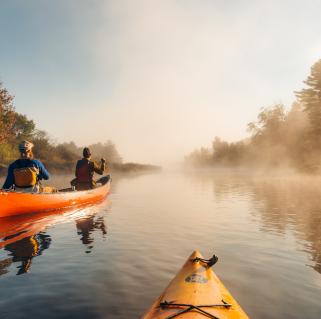Spencer Morrissey
July 11, 2013

What is a bog?
A bog, also called mire, is a wetland area where water acidity is usually high and water movement is typically low. “Bog Ponds” or more officially called a floating bog or quaking bog, have very little, if any flushing of water, these are seen immensely throughout the Adirondacks. While some other bogs have water flowing to and from them referred to as valley bogs or “creek bogs,” the focus here is on the other. Many of the bog ponds in the Adirondacks are rain fed and their survival is based on local weather patterns and ground water from below. The edges of these ponds can become so dense that runoff doesn’t reach the actual body of water and over time chocking them off.

Bogs are created due to higher acidity levels and very low nutrients in the soil. Then with low water movement, thick matting gets produced, which is a peat, sedges and sphagnum moss, thus where the name peat bog is derived from. Peat is an accumulation of dead plant material that fails to decay fast enough due to heavy moisture content in the ground and over time can build up to well over a meter thick and eventually a bog pond is created in the center.

Biodiversity:
Plant life grows very slow in these areas due to low fertility, shorter growing seasons and cooler temperatures and with this a large number of standing dead trees can line a bogs edge. Much of the woodland you will find to be a boreal forest made up of black spruce, larch and occasional red maple. The plants that make up the matting of a floating bog aside from the over abundant layer of sphagnum moss, consist of: cotton grass, northern pitcher pant, hooded pitch plant, sundew, Labrador tea, white fringed orchid and many others. While certain plant life strives here, a bog can also make home for some creatures of the forest, like: moose, beaver, red winged blackbirds and pileated woodpecker to list a few. The water is typically too acidic to support life, so most bog ponds have little to no fish habitat, which also allows the insect population to thrive.

What can I do?
Well, I’m no scientist, but I did sleep at a Holiday Inn last night. I don’t claim to know it all about bogs and their biodiversity or everything that can be done to safeguard them, but I do know that they are an amazing part of the Adirondack Park and should be visited, photographed, experienced, felt and protected. I hope that in this blog I have done justice and have been accurate in my enlightenment of bogs and that somebody out there learned something new from it.

If you do decide to visit a bog or happen across one that you will be delicate in your treading. While peat and sphagnum moss are in abundance they can be easily destroyed over time and the plant life surviving on its back will suffer the consequences. Floating bogs are where the sphagnum moss and sedges have created a floating mat over open water; these are not only fragile but can be a bit dangerous. While many of these floating mats will hold the weight of a person, you never know the thickness until you have fallen through. Bogs are also not a place to go paddling. The shore is not typically approachable on foot and honestly, most are so small it would take roughly 30 seconds to paddle the perimeter.
So, be kind to the forest and it will be kind to you. Enjoy its offerings and take only picture. Tread lightly but with a purpose. Explore the park and leave it as you found it or better. Pass it on!
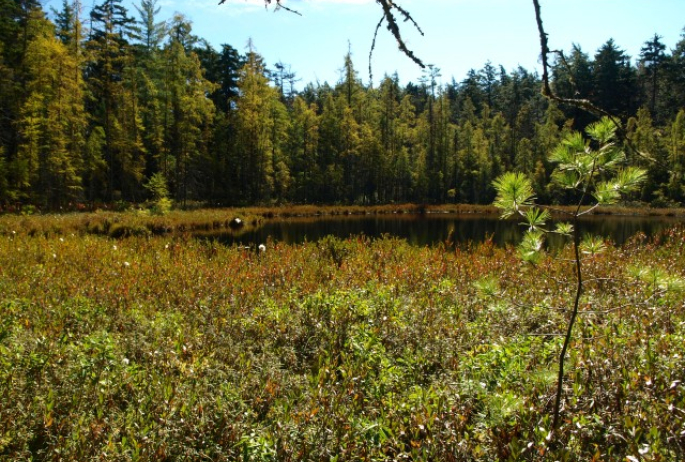
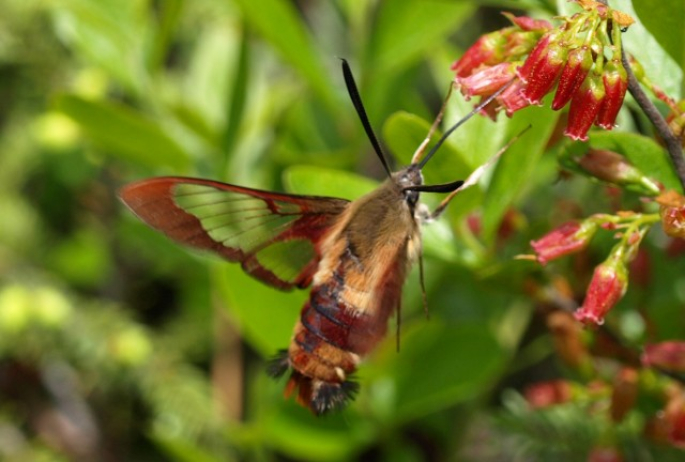

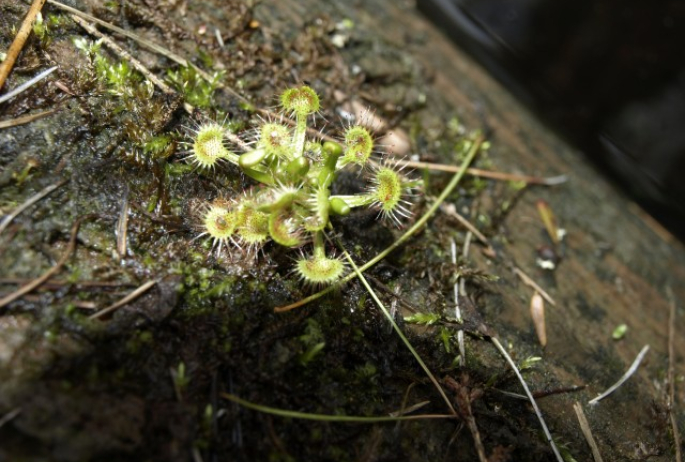
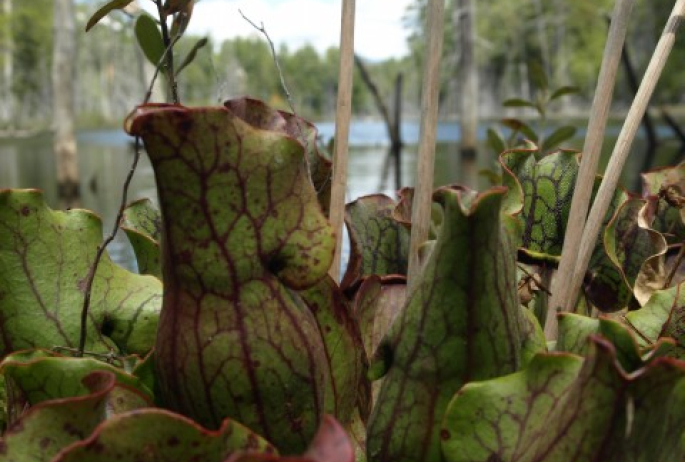
Packages and Promotions
Valid Dec. 1
- Dec. 1
Valid Dec. 1
- Dec. 1
Linger Longer in Saranac Lake
Best Western Saranac Lake
Linger Longer in Saranac Lake at our supremely located property, Best Western Saranac Lake. Stay 2 nights or more and get 15% off!
Valid May. 1
- Nov. 2
Valid Apr. 1
- May. 1
Forest Bathing Guided Experience - 10% off for pre-season registration
Adirondack Riverwalking & Forest Bathing
Guided forest sensory immersion walk for all. Sign up early for 10% off!
Valid Jun. 20
- Sep. 7
Valid Mar. 12
- Jun. 30
Guided Nature Immersions - 10% off for Pre-Season Registration
Adirondack Riverwalking & Forest Bathing
Picture it now...you are wading the Ausable River on a warm summer day, feel the cool water against you, hear the sounds of the birds and the...
Valid Jan. 21
- Jan. 21
Valid Jan. 21
- Jan. 21
Stay and Dine
Voco Saranac Lake
Receive a 50 dollar credit per stay to use in our Boathouse Saranac Lake Pub. Enjoy an exceptional dining experience with unparalleled views great...

